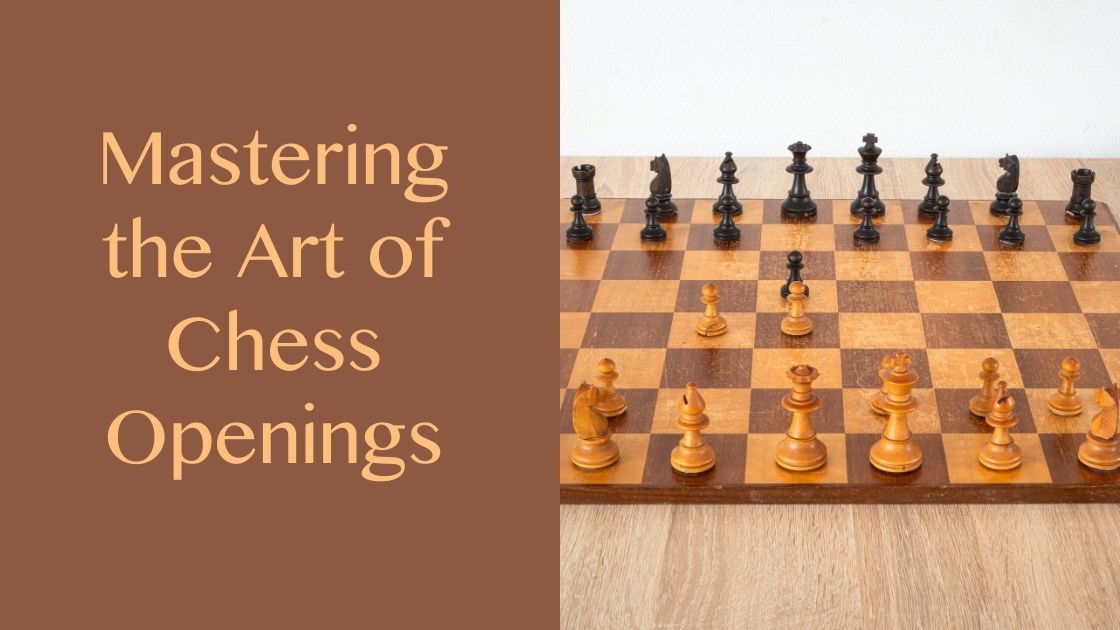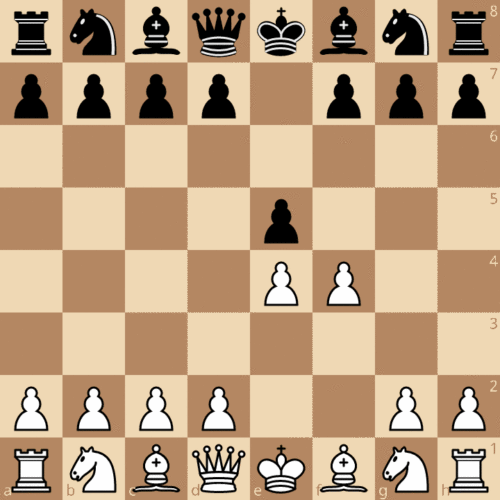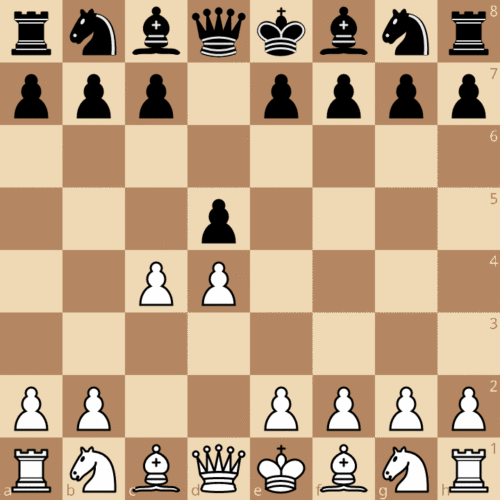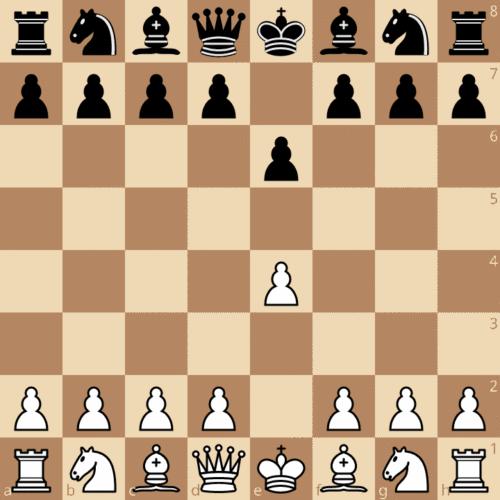Mastering the Art of Chess Openings: Tips and Insights on Memorizing Patterns Like a Pro
It is said that a few guided moves in the game of chess can change the fate of a game. A good opening gives one an added advantage or strategic edge, while a lousy opening leaves you exposed to the opponent’s attack radar. But how can you ensure that your opening moves are solid and effective? The answer lies in mastering the art of chess openings.

Why Are Chess Openings Such A Big Deal?!
Here is where you can start if you are an absolute beginner in chess:
Control of the Center
The center of the chessboard is like a strategic hotspot, it offers more mobility and control over the board. A good opening aims to establish dominance over the central squares (d4, d5, e4, and e5) to gain positional advantage.
Development
The opening phase is the one where pieces are developed from their starting positions onto more active spaces. Efficient development is important to create a strong attacking structure to prevent your opponent from gaining an advantage.c hotspot, it offers more mobility and control over the board. A good opening aims to establish dominance over the central squares (d4, d5, e4, and e5) to gain positional advantage.
The King’s Safety
Once you have gone further in the game from your opening move, it is now time to take care of your king’s safety. In the course of the game, you must not bring your king out in open fire when the game has barely commenced.
Common Opening Lingos
Now that we have learned why chess openings are important, let us move on to understand some common opening terminologies that are used in chess:
Open Openings
This involves early pawn pushes to the center, resulting in open lines and active play. Example: King’s Gambit and the Ruy Lopez.

Closed Openings
Sounds like an oxymoron, but the opening refers to controlling the center with pawn structures that create closed positions. Example: Queen’s Gambit and Slav Defense.

Semi-Open Openings
This opening combines the moves of both open and closed openings, they feature an open file or diagonals. Example: French Defense and the Sicilian Defense.

Mastering The Art Of Memorization
One of the most effective ways to solidify your memory of chess openings is through active recall. This technique involves actively retrieving information from memory, rather than passively reviewing it.
Flashcards : Go crazy and creative with flashcards with the opening name on one side and the key moves on the other. Test yourself regularly to kindle your memory.
Quizzes : Get quizzical and create challenges for yourself (Cut a little slack, maybe!) and identify areas where you need more practice.
Paint a Picture in Your Mind
Get creative and color your imagination with vivid visualizations, like you’re sitting at a chessboard, with the pieces scattered like soldiers on a battlefield. You’re about to make a move. Before you do, picture the board in your mind. See the white queen gliding across the squares, the black knight leaping over pieces. Feel the tension as the game unfolds. Running this movie in your head helps you remember the moves and understand the strategies better. It’s like having a personal replay button in your head!
Chunking
One giant family pizza might be overwhelming at first, but if you cut it into smaller pieces, it’s much easier to manage. The same goes for chess moves. Instead of trying to memorize a whole game at once, break it down into smaller chunks. Learn a few moves together, then move on to the next group. This makes it less overwhelming and helps your brain remember things better.
Spaced Repetition
Reviewing chess moves every day and at increasing intervals can strengthen your memory and be less likely to forget them. It’s like giving your brain a nudge to keep things fresh.
Use a spaced repetition app : There are many apps available that can help you schedule your reviews based on your learning rate.
Review regularly : Even if you feel confident about an opening, review it periodically to reinforce your memory.
Choosing Your Openings Wisely
When selecting an opening, consider these factors:
Your Playing Style : Do you prefer aggressive, tactical play or a more positional approach? Your opening choice should align with your strengths.
Opponent's Preferences : If you know your opponent's preferred opening, you can prepare accordingly. However, be prepared to adapt if they surprise you.
Opening Repertoire Size : Consider your time and resources. A large repertoire can be overwhelming, so start with a few solid openings.
Focus on Key Variations
Once you’ve chosen an opening, delve into its critical variations. These are the most common sequences that can arise. Understanding these variations will help you make informed decisions during a game.
Practice with a Partner or Computer
Playing against a human or a computer can significantly improve your opening skills. You’ll get a chance to test your knowledge and identify areas where you need to improve.
Analyze Grandmaster Games
Studying grandmaster games can provide valuable insights into opening strategies. Look for common themes, patterns, and tactical motifs. This can help you develop a deeper understanding of your chosen openings.
Overcoming Common Pitfalls
Avoid Memorization Without Understanding
While memorization can be helpful, it’s essential to understand the underlying principles behind the moves. This will enable you to adapt your opening strategy if necessary.
Beware of Opening Traps
Many openings contain traps designed to catch opponents off guard. Be aware of these traps and avoid falling victim to them.
Stay Flexible
A good opening strategy should be flexible. Don’t be afraid to deviate from your planned moves if your opponent makes unexpected choices.
Conclusion
Mastering chess openings requires dedication and practice. By following these tips, you can improve your understanding of your chosen openings, avoid common pitfalls, and increase your chances of success. Remember, the journey to becoming a strong chess player is a lifelong one, so enjoy the process and keep learning.




